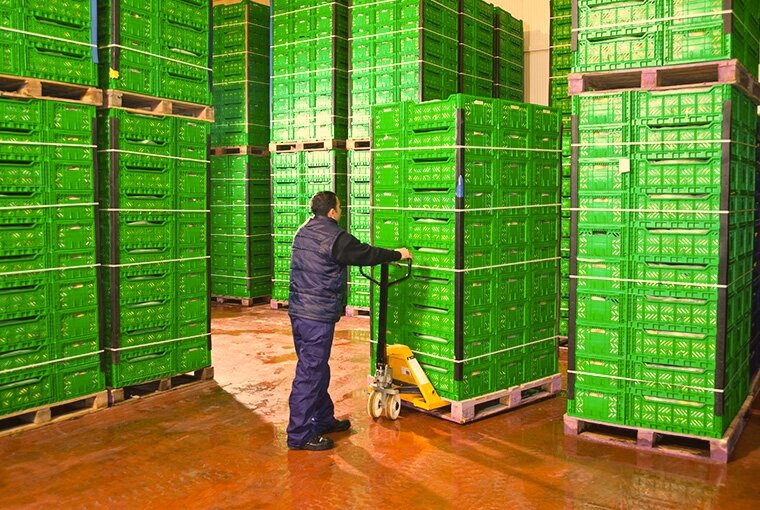The Australian Cold Chain: Confidence in Food Quality, Every Day
The Australian Cold Chain is a crucial and sophisticated logistical system that plays a pivotal role in maintaining the quality, safety, and freshness of perishable goods throughout the entire supply chain. As a vast continent with diverse climates and geographical challenges, Australia heavily relies on this system to preserve and transport temperature-sensitive products, including food, pharmaceuticals, and other perishables.
Overview of the Cold Chain:
The Cold Chain is a continuous process that begins at the source, where products are harvested, produced, or manufactured, and extends to the final destination, where they are consumed. It is a multi-layered process that involves various stakeholders, including farmers, processors, distributors, retailers, and consumers. The primary objective of the Cold Chain is to prevent the deterioration and spoilage of perishable goods by maintaining consistent temperature controls from start to finish.
Farm and Production Phase:
In Australia, the Cold Chain commences at the very origin of the products. For agricultural goods, such as fruits, vegetables, dairy, and meat, this phase involves prompt post-harvest handling to preserve quality. Farmers and producers use cooling techniques like hydrocooling and forced-air cooling to rapidly reduce the product's temperature and slow down natural degradation.
Packaging and Precooling:
Once harvested or produced, products are immediately packaged in temperature-controlled containers or cartons to protect them during transportation. Precooling facilities are employed to further reduce the product's temperature before loading, ensuring that it enters the distribution phase in an optimal state.
Transportation:
Transportation is a critical aspect of the Cold Chain, particularly in a vast country like Australia. Specialised refrigerated trucks, containers, and ships are used to maintain the desired temperature during transit. Advanced monitoring systems are integrated into these vehicles to ensure that temperatures are consistently maintained and to address any deviations promptly.
Storage and Warehousing:
Upon reaching distribution centres or warehouses, the products are stored in temperature-controlled environments to prevent deterioration. These facilities are equipped with state-of-the-art refrigeration and monitoring systems to maintain the necessary conditions.
Retail and Consumer Phase:
Finally, the products arrive at retail outlets and restaurants, ready for purchase and consumption. Retailers continue to uphold the Cold Chain principles by storing perishables in refrigerated displays and maintaining proper temperature controls throughout the retail phase.
Challenges and Innovations:
Maintaining an efficient and reliable Cold Chain in Australia comes with its challenges due to the vast distances between production areas, distribution centers, and consumers. To address these challenges, continuous innovation and advancements in technology play a significant role.
Technology Integration:
The use of IoT (Internet of Things) devices and sensor technology has revolutionized the Cold Chain by enabling real-time monitoring of temperature and humidity conditions. This data is transmitted to central control systems, allowing stakeholders to take immediate action if any discrepancies arise.
Cold Chain Optimisation:
To minimise energy consumption and greenhouse gas emissions, there is an increasing focus on optimizing the Cold Chain. This includes improving insulation materials, using alternative refrigerants with lower environmental impact, and implementing energy-efficient cooling systems.
Cold Chain Transparency:
Consumers are increasingly concerned about the provenance and safety of the products they purchase. Cold Chain transparency, enabled by blockchain and other traceability technologies, allows consumers to access information about the entire journey of a product, including its origin, handling practices, and temperature history.
Food Safety and Compliance:
Stringent regulations and standards govern the Cold Chain industry in Australia to ensure food safety and compliance. Stakeholders must adhere to these regulations to maintain the integrity of the Cold Chain and protect consumers from potential health hazards.

